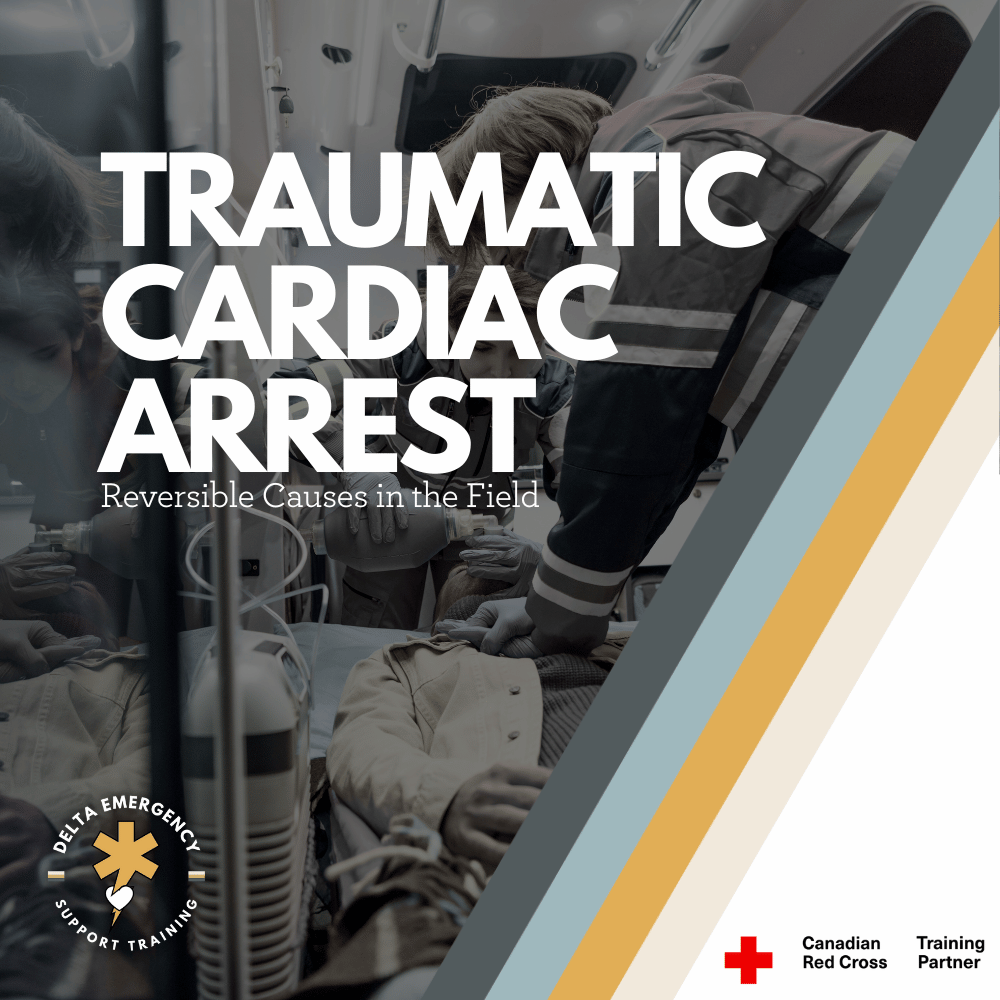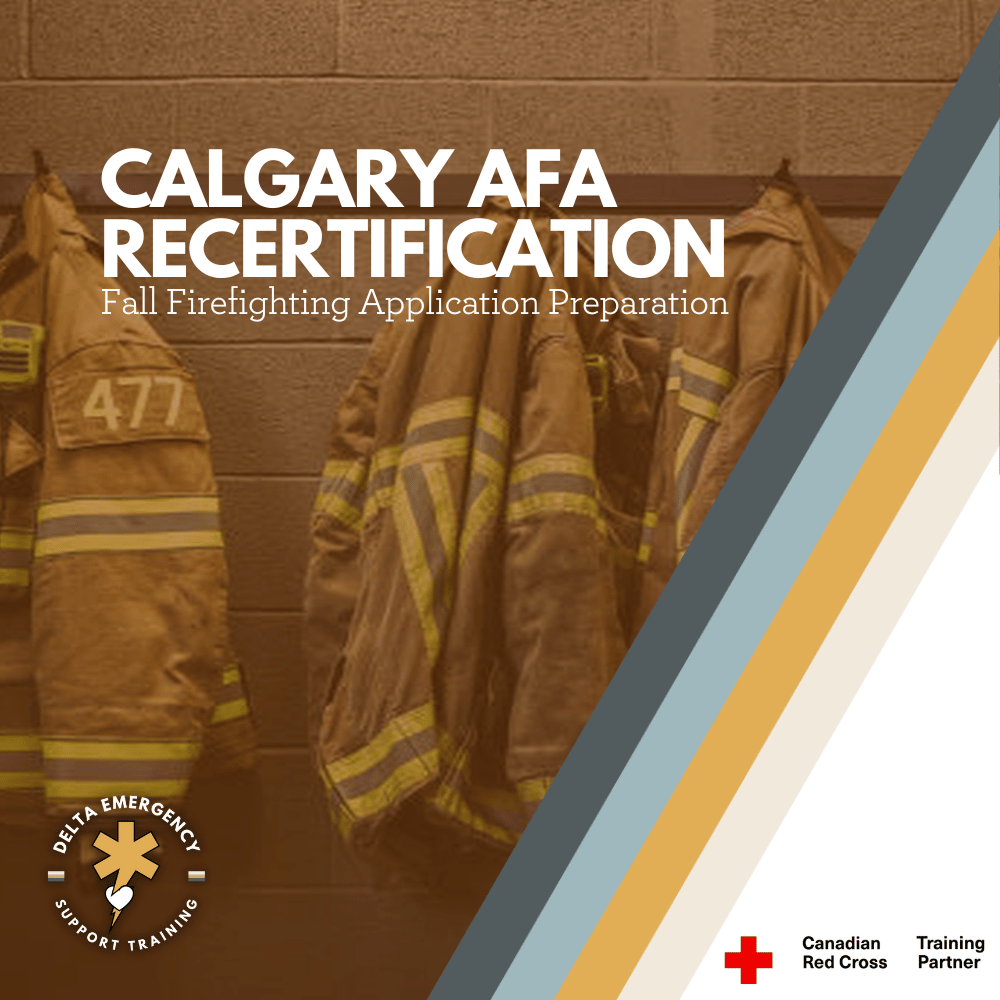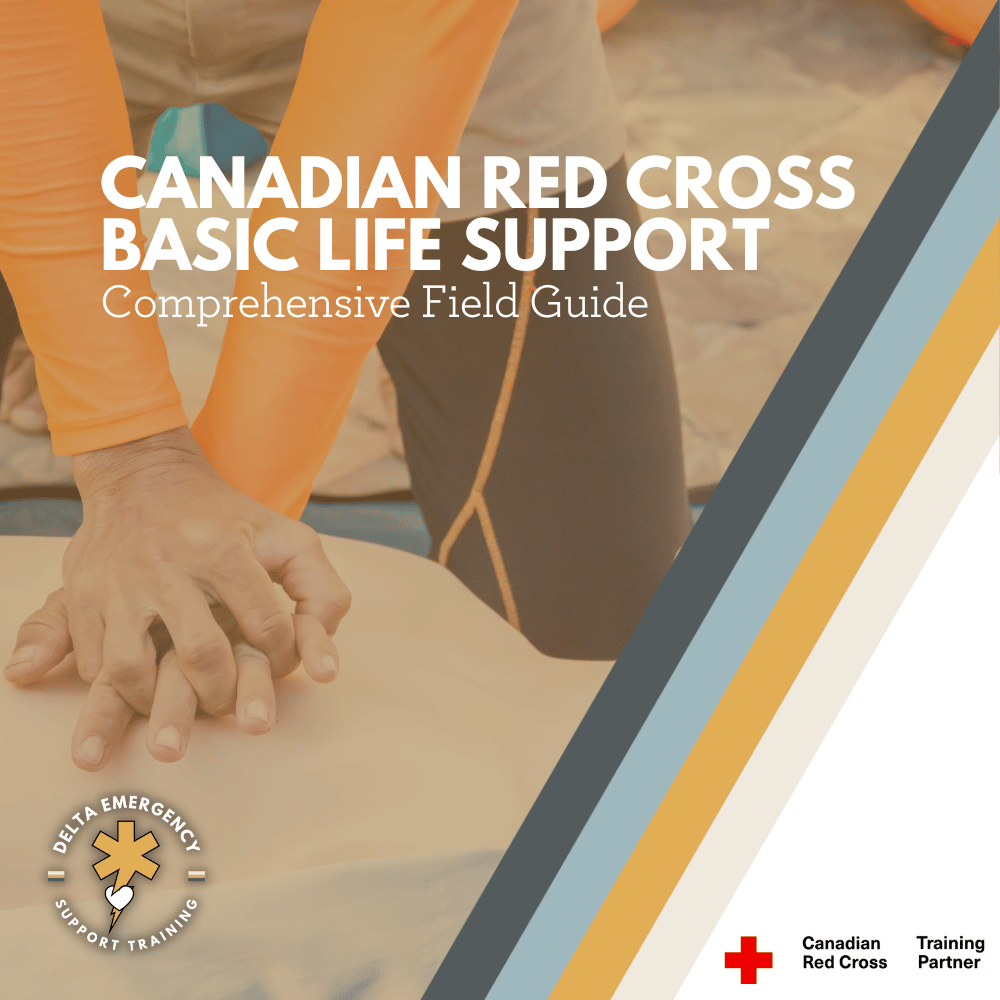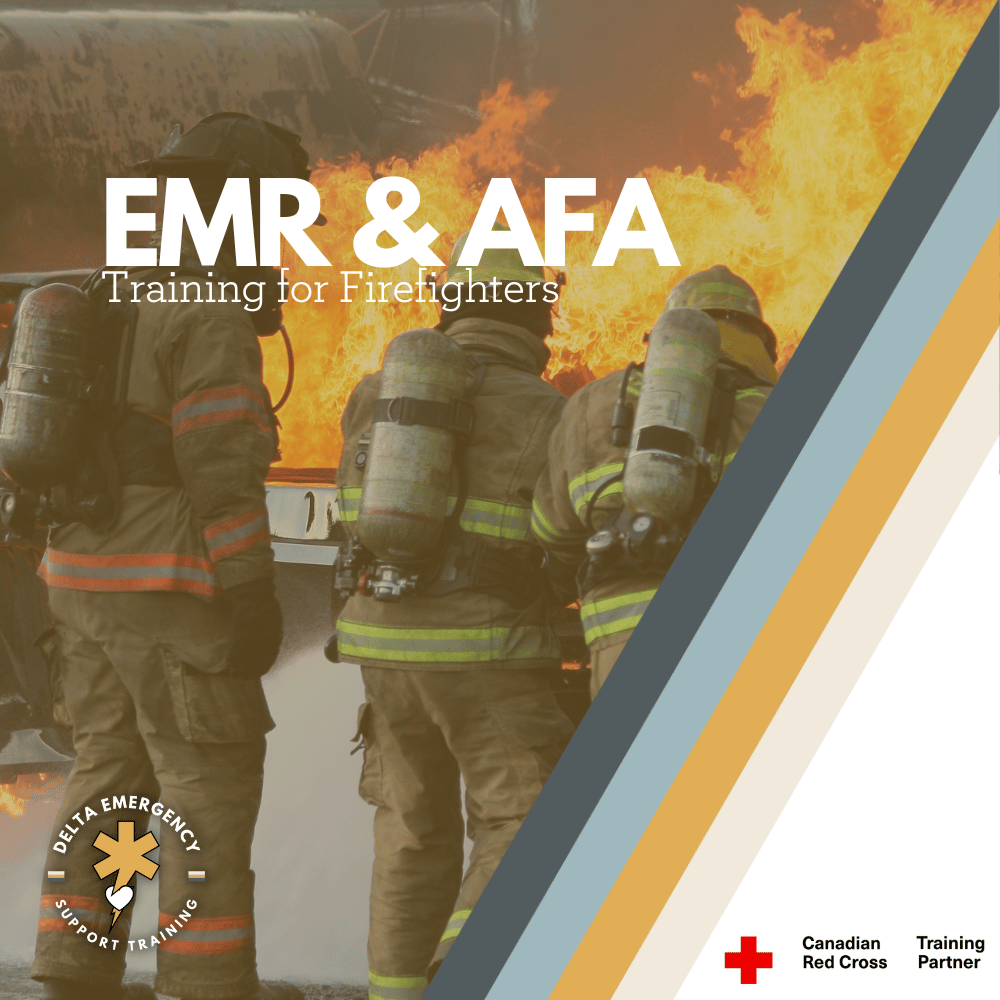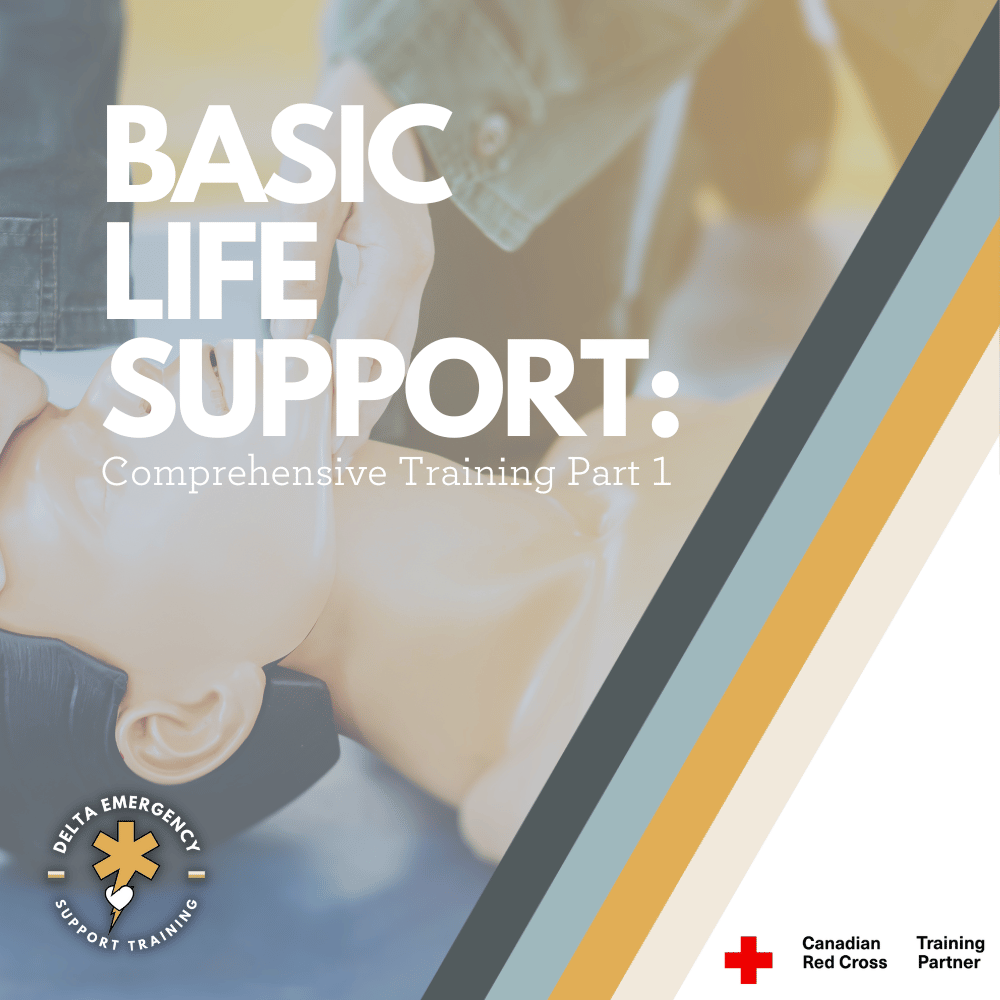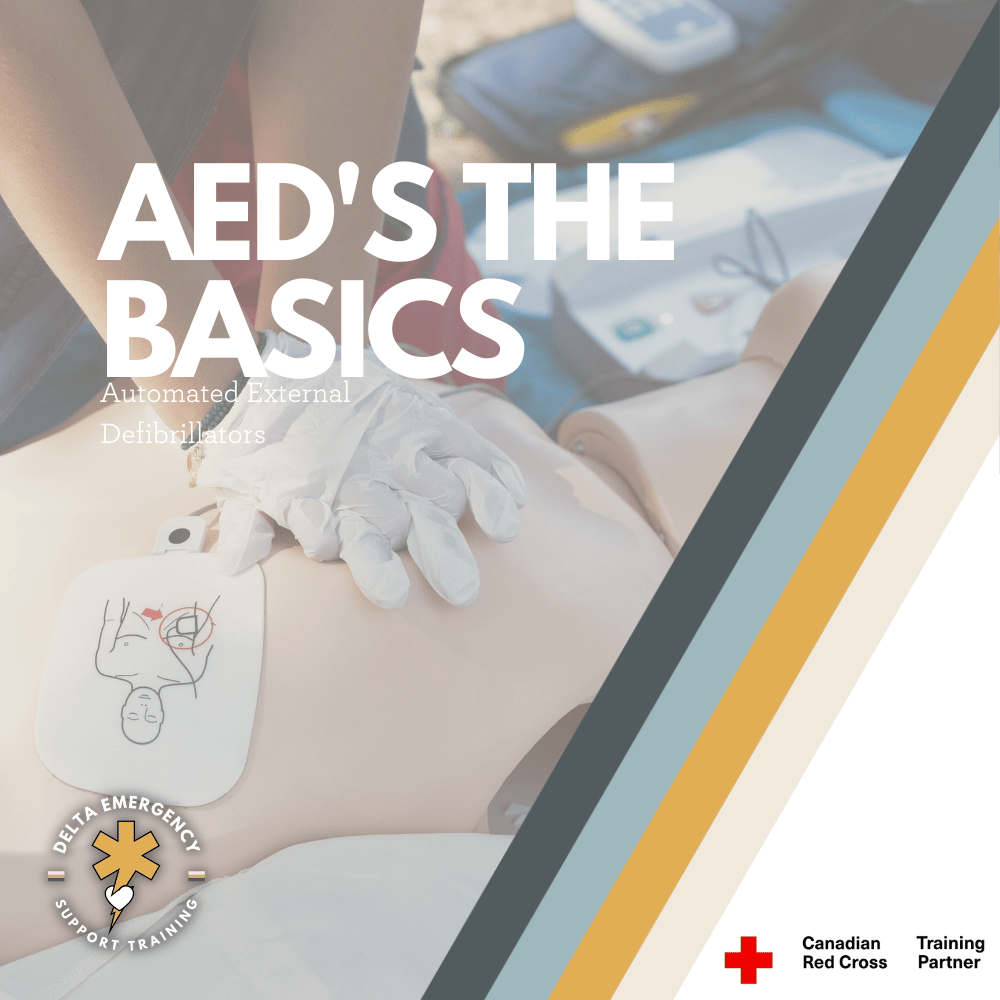Airway emergencies can be critical situations that require prompt and efficient management to ensure the safety and well-being of patients. For dental professionals, being well-prepared to handle such emergencies is crucial, and that's where the Canadian Red Cross Airway Management course in collaboration with Delta Emergency Support Training comes in. With expert instructors who have years of experience as Advanced Care Paramedics, and certified instructors in ACLS, PALS, advanced airway management, intravenous sedation, and utilizing Simulaids airway trainers, dental professionals can trust in the comprehensive training provided. The course covers a wide range of topics, including airway assessment, ventilation techniques, oxygen administration, and the use of airway adjuncts, equipping dental professionals with the knowledge and skills to effectively manage airway emergencies in their practice.
Read More

